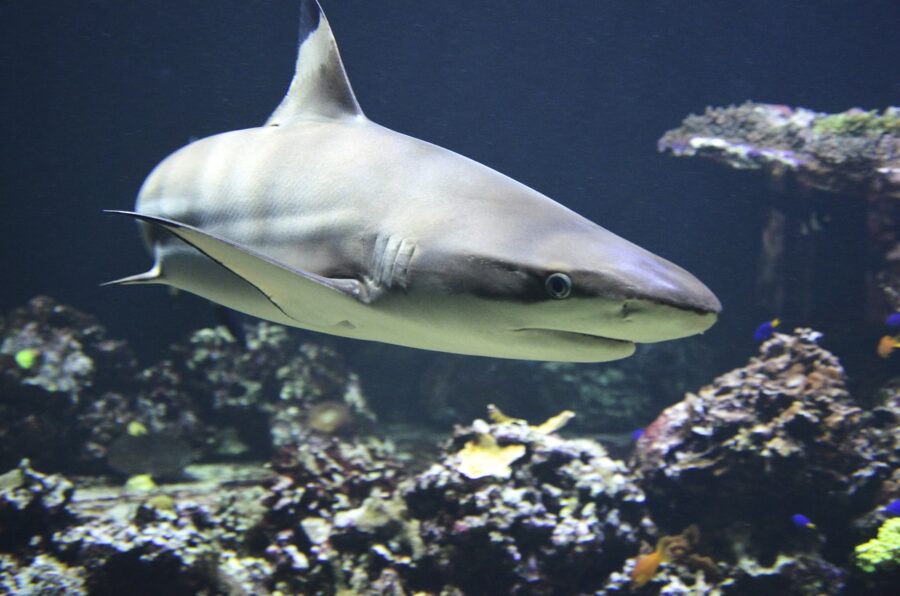Glow In The Dark Sharks Discovered, And They’re Huge
Scientists have discovered, deep in the dark of the ocean, a species of sharks that glow. And apparently, these things are huge
This article is more than 2 years old

Sharks didn’t need a reason to be any more terrifying. We have plenty of examples of these things terrorizing innocent swimmers over the years, even biting off the sides of boats in movies when they got particularly pissed off. So it isn’t all that comforting to know that a new group of sharks has been discovered, this kind with something of a science-fiction bent to them. That’s right, in New Zealand scientists have discovered sharks that glow in the dark. These cartilaginous fish just got a little scarier.
Now you might be saying to yourself, something like, good I’m glad these sharks glow in the dark because it will be much easier for me to see them before they attack me. Think again. The glowing sharks that scientists recently discovered live deep in the depths of the ocean which makes the thought of being attacked by them ebb just a bit. Growing up to a massive six feet long, the kitefin sharks have a blue glow to them and this makes them now the longest luminous fish in the world. In all, three different kinds of glowing sharks were discovered with the black belly lanternshark and southern lanternshark joining the kitefin.
These particular sharks were discovered when scientists brought up a number of species from the ocean depths. During this study, they found the glowing sharks in an area of the ocean that is about 1,000 to 3,000 feet deep. Obviously, sunlight can’t penetrate these depths meaning luminescence is a biological trait developed over time for these species. Scientists speculate this glowing actually helps them avoid detection at these depths. Because larger predators might exist in the area below them, having a slight glow for the shark would mask them against the little bit of light coming from above. This makes sense in thinking about how the camouflaging effect wouldn’t need to be much if the layers of light had even the slightest gradient effect.
Bioluminescence isn’t a new thing in sea creatures. Plenty of other animals and plants exhibit this in varying water and aquatic settings. Some more popular examples include glowing plankton that attracts tourists to swim in it around the world. The effect of the bioluminescence, when submerged in the water, is a distinct feature in some areas. Often, among the actual living organisms, jellyfish and other gelatinous zooplankton are the creatures who’ve exhibited the ability to glow in the water. In this way, finding sharks that can do the same is a relatively new discovery.
This latest glowing shark news shouldn’t concern us for our interactions in future Jaws-like encounters. I was getting worried we’d need to add it to the list of new discoveries that felt a little more horror movie than science discovery like alien meteorites and UFO sightings. The glowing doesn’t signify radioactive evil or alien DNA deep in our ocean depths. Come on, you’ve seen too many movies like me. But it does lend just another example to the ever-growing list of things we just don’t know are happening deep in the depths of the ocean.












